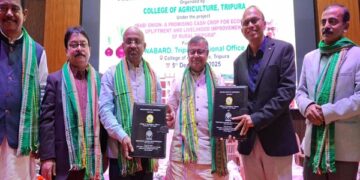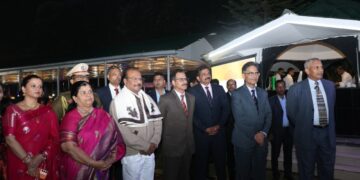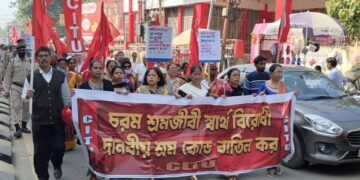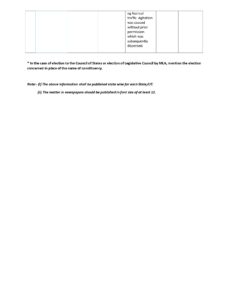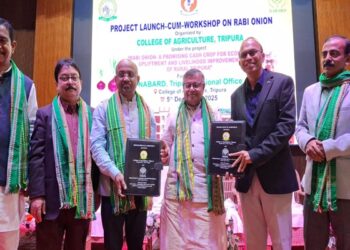Agartala, July 10: In the 28 years since the first case and inception of the HIV/AIDS control programme in Tripura, 828 students have tested positive for HIV, with 47 deaths due to the dreaded infection, said to Dr. Samarpita Datta, Project Director of the Tripura State AIDS Control Society (TSACS).
Dr. Datta cautioned that the actual number of infected students could be higher due to undiagnosed cases.
She said that while the number of annual HIV cases in Tripura was previously low, there has been a notable rise over the past three to four years, with a current positivity rate of around one percent among those tested.
The increase in HIV cases is particularly evident among intravenous drug users, with a positivity rate of approximately ten percent in this group. Dr. Datta attributed this spike to the growing prevalence of drug use among youths and the risky practice of needle sharing.
The first HIV case in Tripura was detected in 1996. Since then, the state has experienced a surge in cases, especially among high-risk groups such as students using intravenous drugs, female sex workers, truckers, migrants, and men who have sex with men.
Currently, there are around 8,000 known HIV-positive individuals in Tripura, but Dr. Datta warned that this is likely just the “tip of the iceberg,” as many cases remain undetected.
The most vulnerable age group for HIV infection is between 13 to 30 years, including school-going students.
In response, TSACS and other departments of the state government are jointly conducting awareness campaigns in schools, colleges, and other institutions to educate young people about the spread, consequences, and prevention of HIV and AIDS.
Despite these efforts, BK Singh, headmaster of the Hindi HS School in Agartala, emphasized the need for more inclusive awareness campaigns.
He advocated for engaging various sections of the society, including, clubs, NGOs and most important parents, to effectively combat the HIV epidemic and drug menace.
He viewed that government and educational institutions alone cannot save future generations; it requires a collective effort from the entire community.

